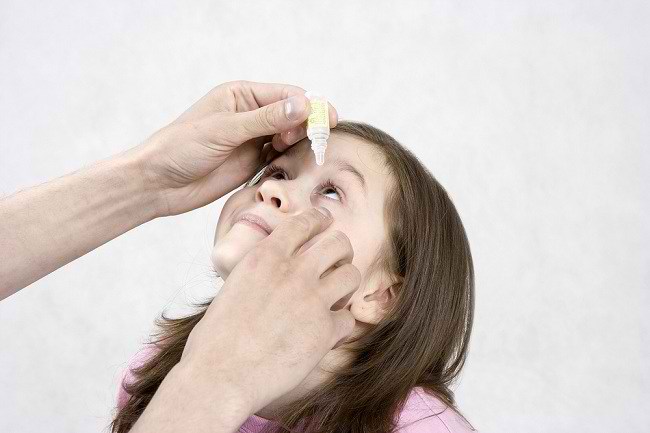How to Use the Right Eye Medicine
There are at least three types of ophthalmic medications commonly used, namely antihistamine eye drops and artificial tears, eyewash liquids and eye ointments. Understanding the types of eye medications and how to use them can help cure eye disorders.
When you experience eye pain, your doctor may provide eye medication for you to use independently. But, do you know, each type of eye medicine has different functions and procedures for use? It is important to follow the instructions for use so that eye medication can work optimally.

Usage Eye Drops Right
Some eye drops don't have medicinal content. These eye drops are only a liquid as a substitute for tears which serves to moisturize dry eyes, called artificial tears. In addition to artificial tears (artificial tears), there are several other types of eye drops, which contain certain substances, such as antihistamines, anti-inflammatories, eye decongestants, and antibiotics.
Eye drops usually need to be applied repeatedly. Eye drops will be absorbed through the cornea of the eye and also the mucous membrane of the conjunctiva.
Here are the suggestions for using:
- Wash your hands before and after using eye drops. li>
- Shake the package.
- Gently pull the lower eyelid.
- Suck in the eye according to the dose stated on the package.
- Close your eyes as long 1-2 minutes, and gently press the tear duct section near the nose for at least one minute to minimize systemic absorption.
- If there are excess eye drops and come out of the eye, wipe with tissue.
Using Fluid P Wash Eyes properly
This type of eye medicine functions as cleanser or eye rinse. You can use this liquid when the eye enters a foreign object. Eyewash available in the form of this washing liquid and drops usually contains liquid saline or NaCl 0.9%. It can also contain boric acid which is combined with sodium phosphate, sodium hydroxide, or sodium borate to maintain the right acidity.
To use liquid saline as an eyewash liquid is easy. As with the use of eye drops generally, you only need to drip the liquid saline 1-2 drops into the wiped eye. After dripping saline on the eyes, then blinking several times so that the liquid saline can clean the eyes from foreign objects that interfere.
In addition to dripping liquid saline from the small bottle, you can also apply other methods, namely using a small cup container according to the size of your eye area, as a place to clean your eyes. The trick is also easy, pour the saline liquid into the cup container until it's full. Then open your eyes and close the slipped or irritated eyes to the cup containing the saline liquid, then gently move the eyes in all directions in the saline liquid. In this way, liquid saline can also clean foreign objects that contaminate the eyes.
Understand How to Use Eye Ointment
Eye Salve which serves to lubricate the eyes you can buy freely. This type of eye medicine is made from ingredients similar to petroleum jelly and not water based. However, generally eye ointments contain antibiotics, and must be prescribed by a doctor.
Eye medications in the form of ointments can last longer in the eye, so they do not need to be used too often. Not long after use, usually the eyes look blurry. Therefore, it is advisable to use it just before going to bed at night.
How to use eye ointments are as follows:
- Take a little ointment.
- Pull the eyelid down, pointing your eyes up.
- Apply it to the eye through the lower eyelid. If it is difficult, ask for help from someone else.
- Blink the eyes so that the ointment is evenly distributed.
Don't worry if at the time of use the view becomes opaque because it will recover when the ointment has pervasive.
For those of you who use contact lenses, avoid using eye medication when contact lenses are being worn. We recommend that you first remove the contact lens before you apply eye medication, whatever the type.
It is important to understand how to use eye medication properly to function optimally. If the eye disorder does not improve immediately, you should immediately consult a doctor.